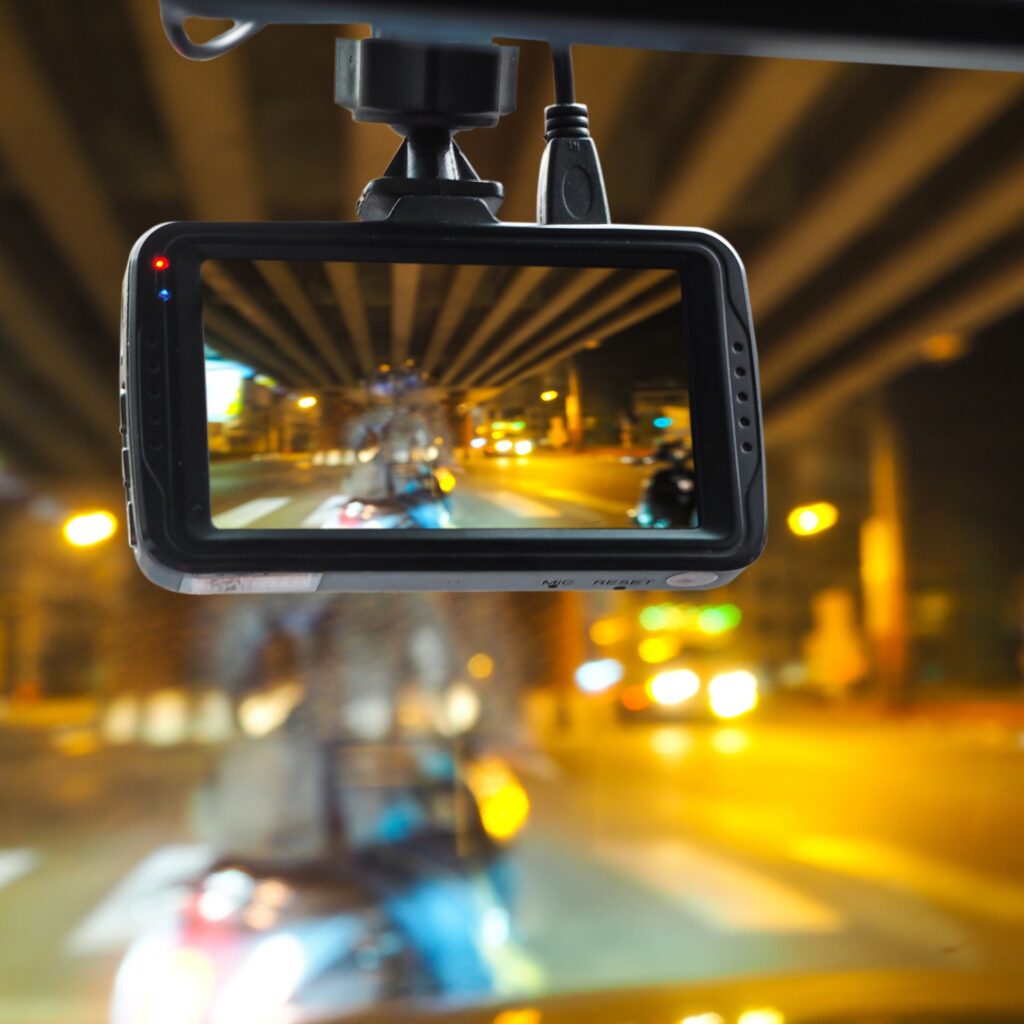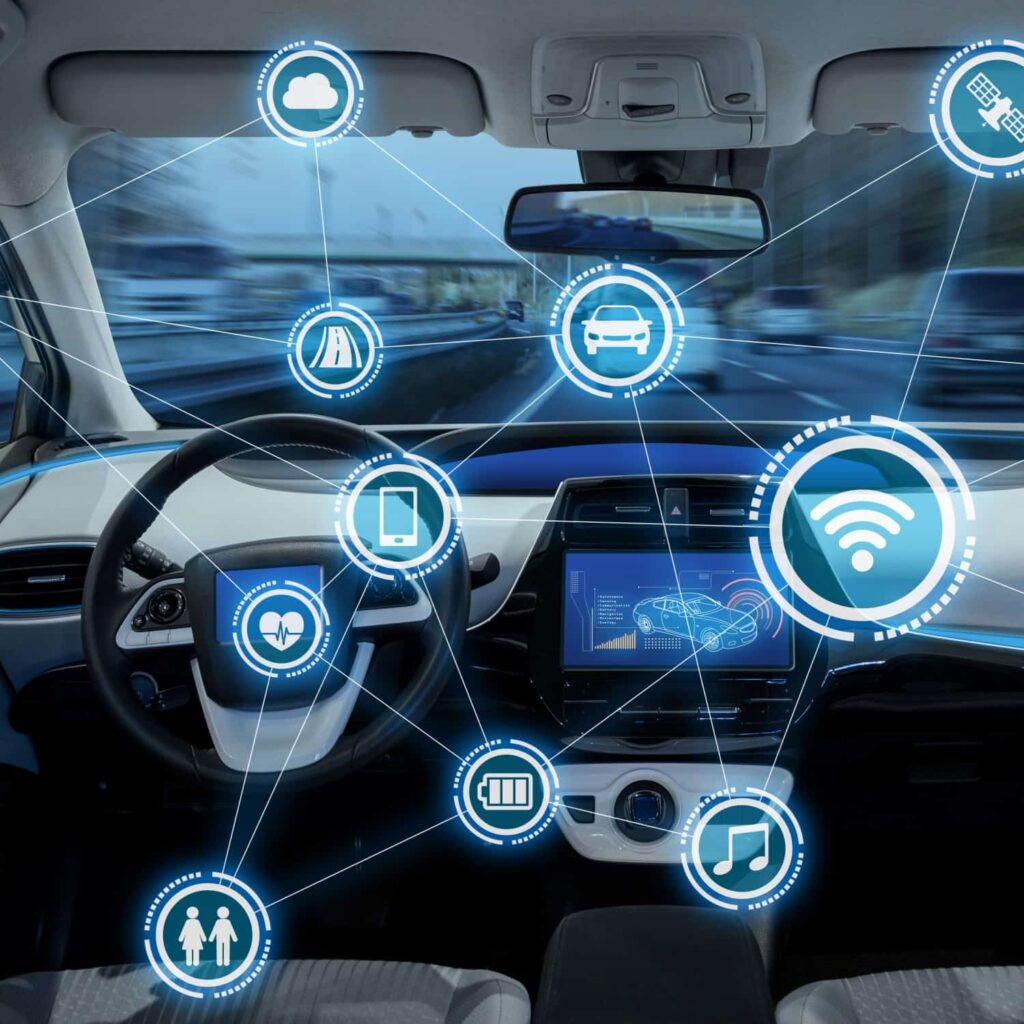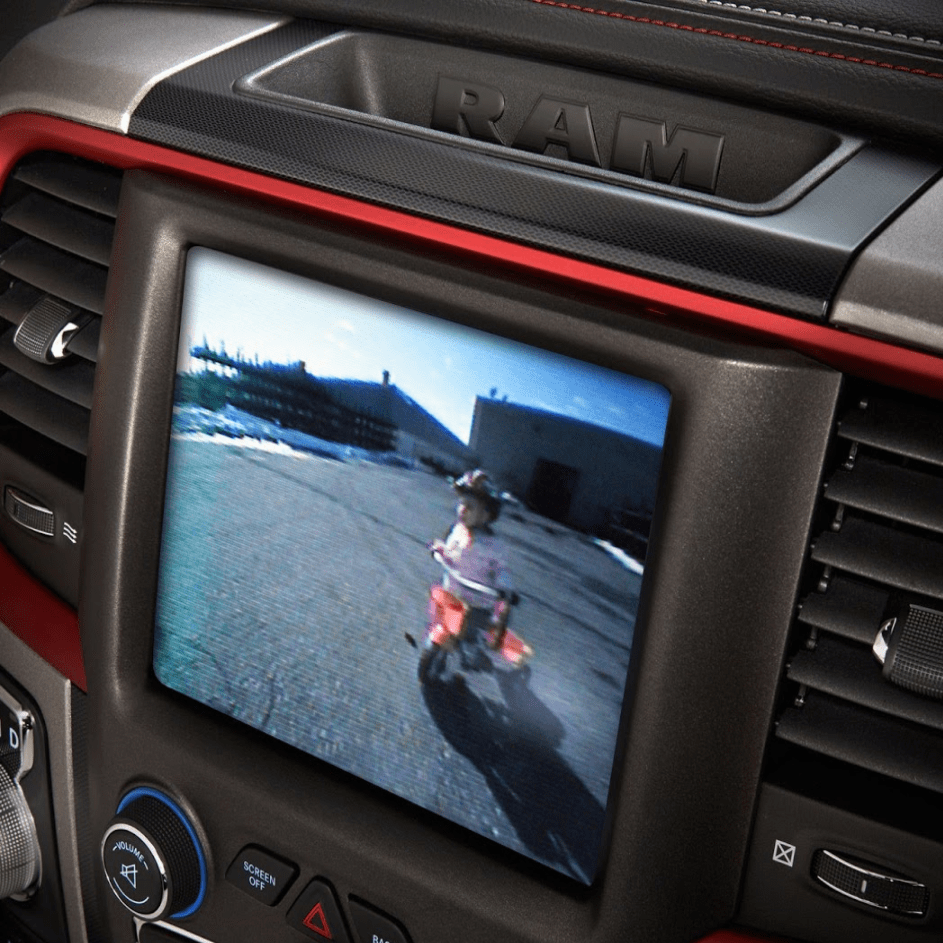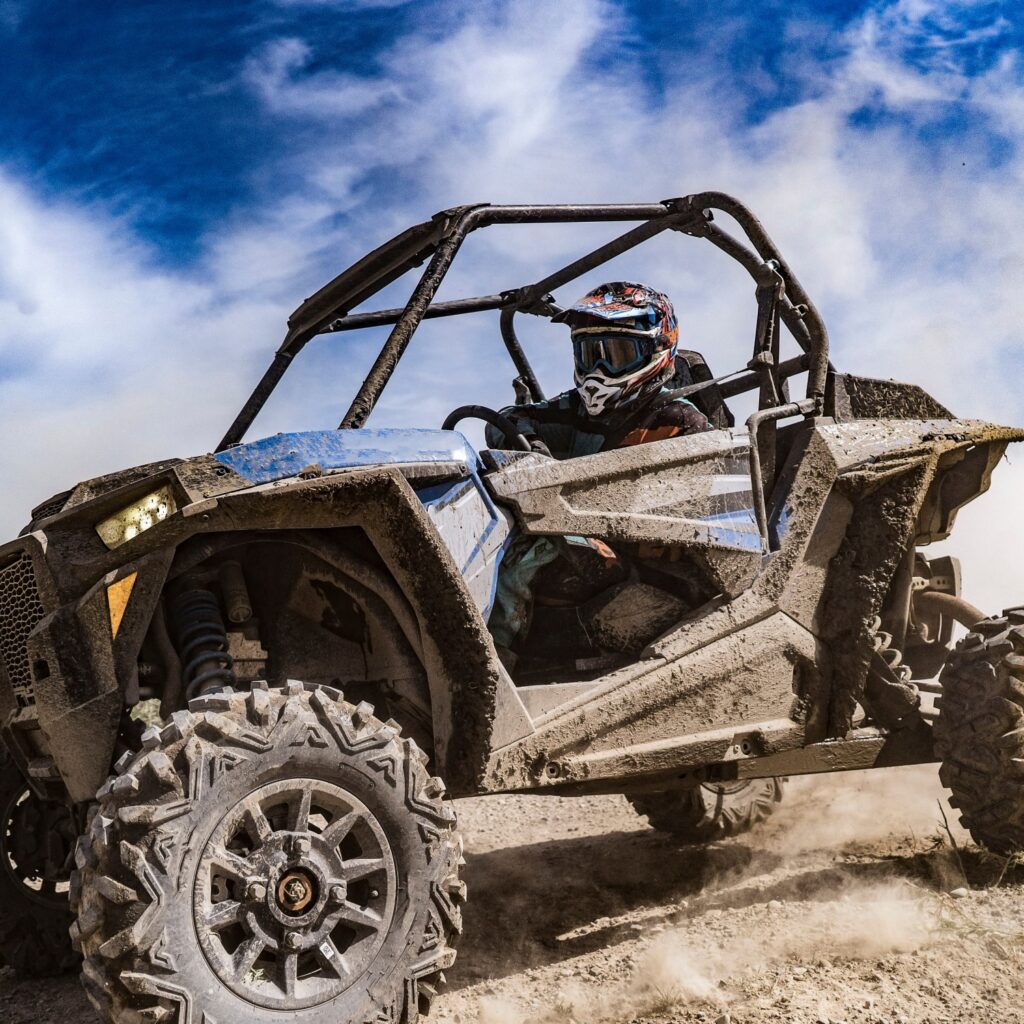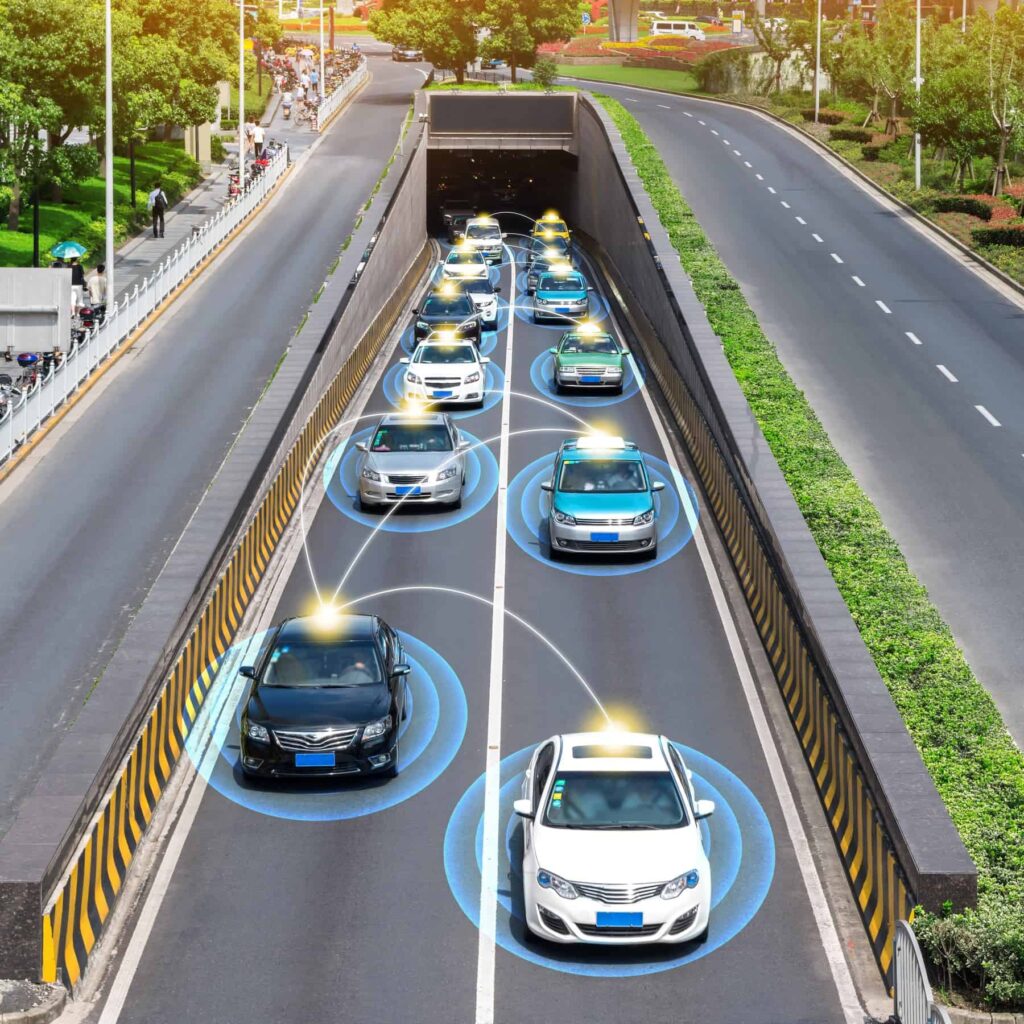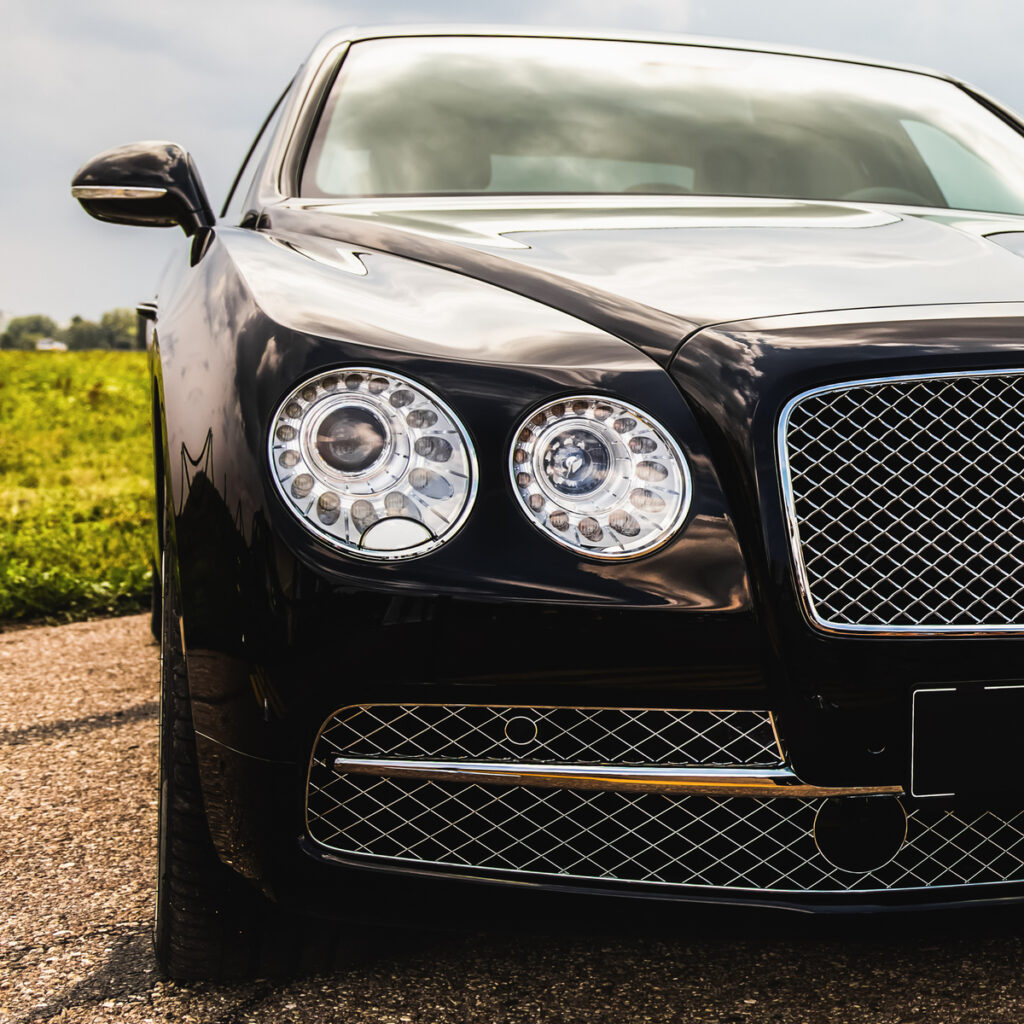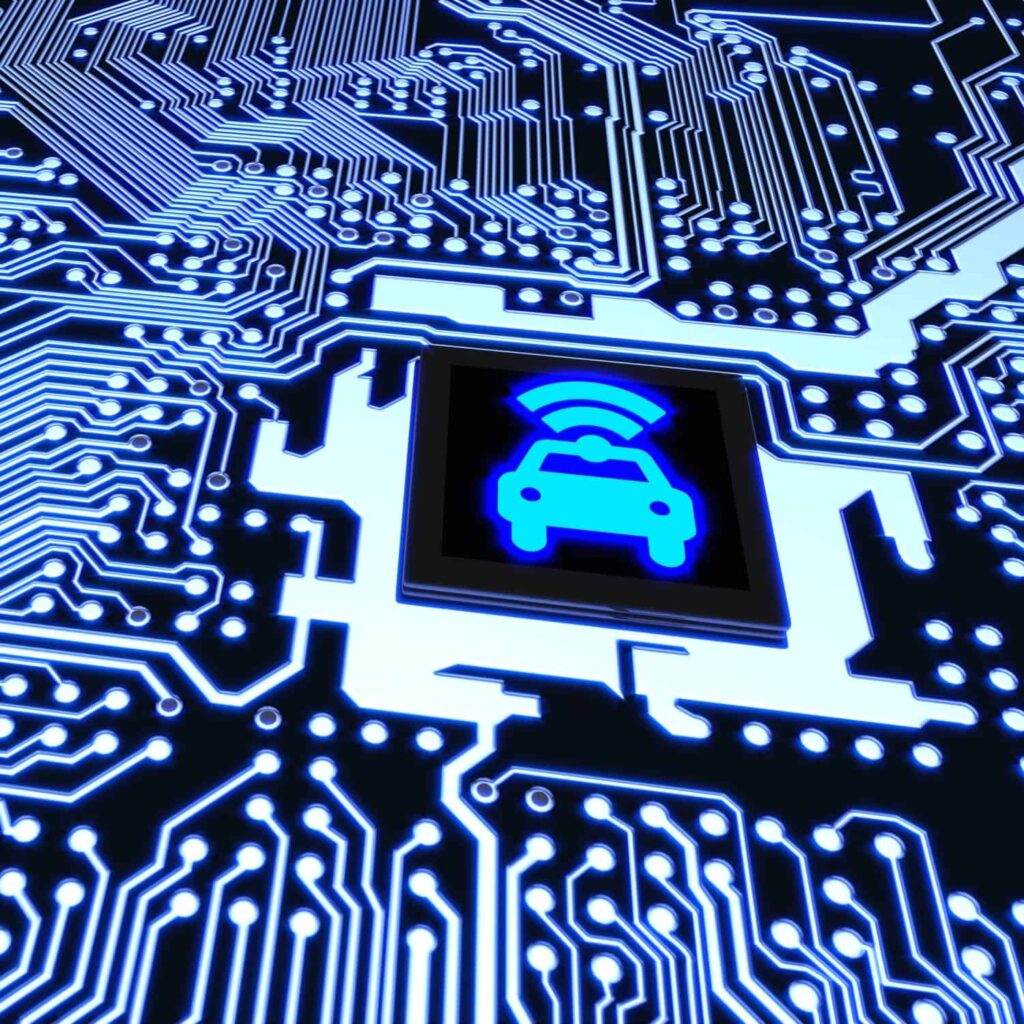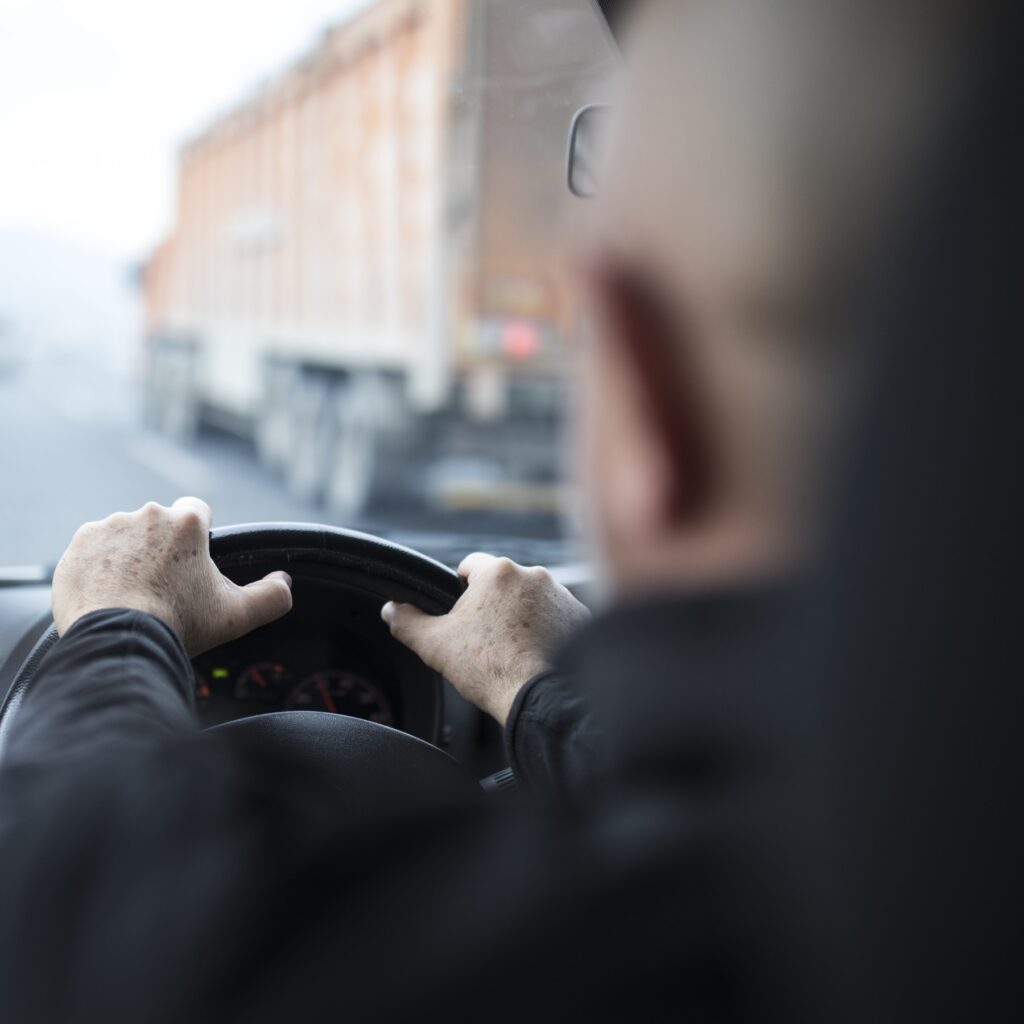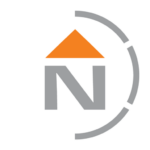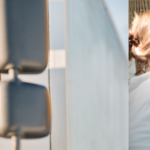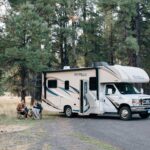
How to Slash Fleet Insurance Claims TODAY (Hint: It Isn’t Telematics)
November 24, 2020How to Slash Fleet Insurance Claims TODAY (Hint: It Isn’t Telematics) NOVEMBER 24, 2020 // JEFF VARICK If you’re relying on telematics information to help reduce insurance claims, you still have a giant opportunity that you haven’t even begun to tap into yet. Telematics data can help you track and understand exactly what your vehicles are doing. It provides valuable information for training and educating your drivers to improve their driving. That’s important, but at the end of the day, this approach is like fixing a problem that already exists. What if you could prevent the problem altogether? If you’ve been investing in telematics systems, you’ve addressed one critical part of reducing insurance claims. Now it’s time to address the critical part: preventing incidents in the first place. For example, take front-to-rear collisions, which account for 20 percent of collision-related injuries each year. Even your safest drivers can get distracted, no matter how much training you provide. But advanced driver-assistance systems (ADAS) actively alert drivers before an accident occurs — reducing front-to-rear collisions by as much as 27 percent. If you can prevent more accidents, you’ll slash your workman’s compensation and other insurance claims. Once a collision happens, you can’t undo it. A single accident can cause a lot of heartburn and headache, and in the worst-case scenario somebody loses a life. We speak with fleet managers who have lost drivers to accidents that could have been prevented with the right ADAS solution. Brandmotion has a portfolio of ADAS products that are ideal for reducing insurance claims and preventing costly collisions. Let’s look at four solutions that are specifically designed to address fleets’ most common safety issues. Safety Products Designed for Your Fleet’s Top Needs ADAS+ Give your driver critical time to react when quick thinking is needed. Brandmotion’s Advanced Driver Assistance System ADAS+ provides forward crash, lane departure and pedestrian detection warnings for any vehicle, along with the benefit of a built-in 2-channel digital video recorder (DVR) for crash recording. The system offers a seatbelt harness that vibrates, plus a visual and audible dashboard alert. Radar Blind Spot Monitor Lower your collision risk and give your fleet drivers complete confidence when changing lanes or backing out of a parking spot. Our Blind Spot Monitoring System is an OEM-grade device that gives an audible blind spot alert and highly integrated visual signal. OEM-quality Radar Blind Spot Monitoring systems can reduce accidents by 23percent. As a bonus, our Blind Spot Monitoring system provides a cross-traffic alert when backing up. The device watches for cross traffic behind the vehicle to help prevent collisions while in Reverse. This solution can reduce cross-traffic accidents by 22 percent. Backup Camera and Backup Sensors Our fleet rear vision cameras are designed for high duty environments. And we offer the right selection of solutions to cover all of the vehicles in your fleet. Brandmotion’s Backup Camera can help reduce rear collisions by seven percent. Our backup sensors, which give an audible proximity warning, reduce collisions by 17 percent. Combined, the two systems can reduce accidents by up to 42 percent! FullVUE™ Mirror The FullVUE Mirror is quickly becoming very popular among fleets, because it lets your drivers see more than ever before. In many trucks and vans, drivers can’t see out of the back. Cargo is blocking the view, or there is no window. The FullVUE Mirror replaces the traditional rearview mirror by displaying an HD streaming video feed from a rear-mounted camera. Drivers see a 3X wider, crisp, unobstructed rear and blind spot view with no obstructions. Your drivers can know exactly what’s going on behind them, even if your fleet trucks have no rear windows. That translates into fewer incidents on the road, from backing up or from blind spots and changing lanes. The mirror also comes with a front-facing camera, a highly integrated dash cam, and it continuously records front and rear video. G shock technology locks down the video if there’s ever an accident, so you can review the incident afterwards. What’s the Right ADAS Product to Start With? You can start decreasing collisions and insurance claims right now, by strategically choosing the ADAS device that makes the most sense for your fleet. Look at your accident history and assess the most common (or most costly) issues your fleet is facing. For front-end collisions: ADAS+ For rear collisions: Backup camera and sensors or FullVUE Mirror For blind lane change or cross traffic issues: Blind spot monitoring For rear collisions and blind spot monitoring: FullVUE Mirror After outfitting your fleet with your first ADAS device, you may identify additional safety issues that can be eliminated. When you’re ready, add to your ADAS investment and keep reducing those incidents and claims. Reduce Insurance Claims TODAY Brandmotion outfits you with aftermarket safety products for the fleet you have NOW. Our goal is to help reduce accidents in the U.S. — today, not as you purchase new vehicles. We believe that fleet managers shouldn’t have to wait years (or decades) to fully equip their vehicles with the most sophisticated safety equipment available. The fleet that you have on the road today can have OEM-quality products, at affordable prices. We can also train your drivers and install the equipment for you. Installation time won’t be costly, either. We’re quick and efficient because we know that downtime is money. Find out more about the ADAS products designed for your fleet’s top needs. Latest Post Brandmotion and DENSO Announce Partnership for One Stop Vehicle Integration of Advanced Connectivity Technology Get Better Results in Less Time on Your Connected Vehicle Deployment Brandmotion Expands Its Digital FullVUE® Mirror Lineup to Add Ford Bronco What To Know Before Installing A Jeep Backup Camera


